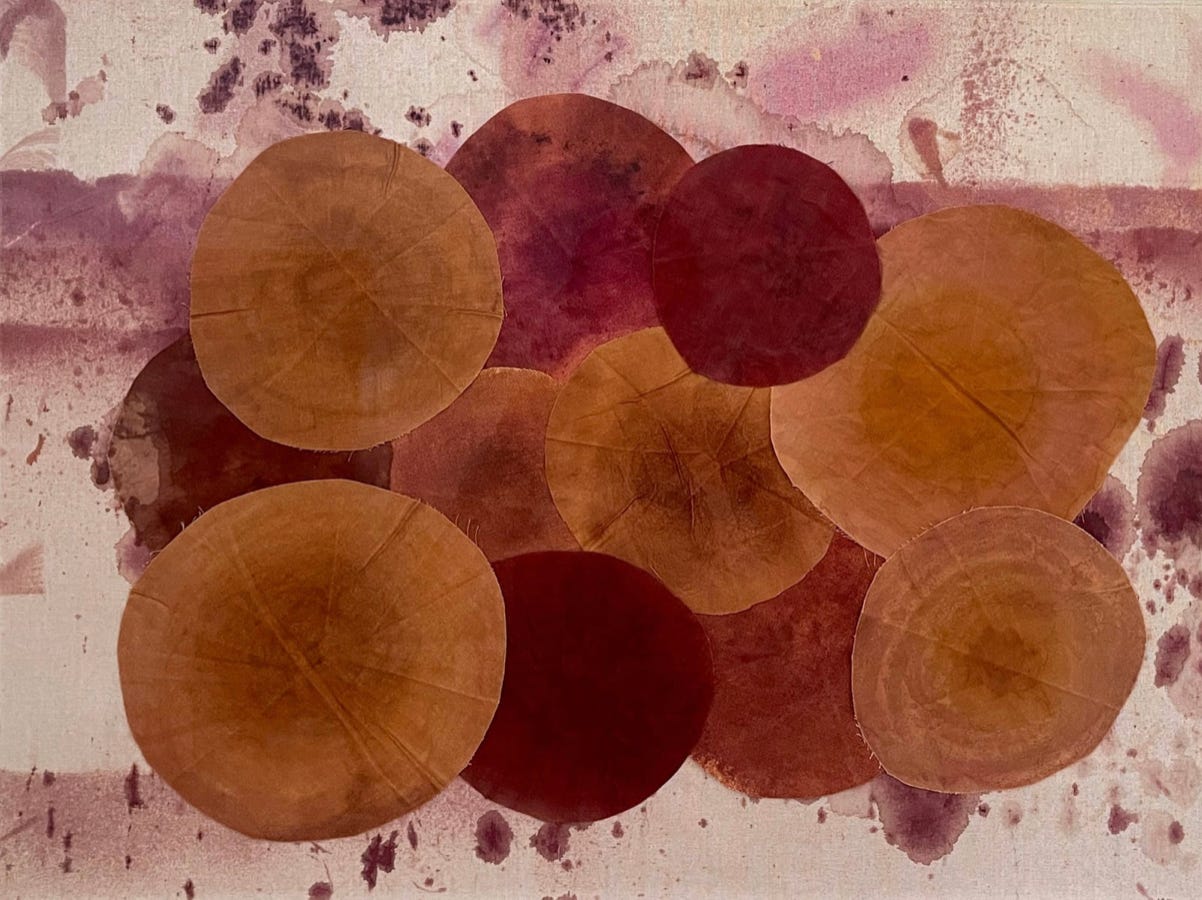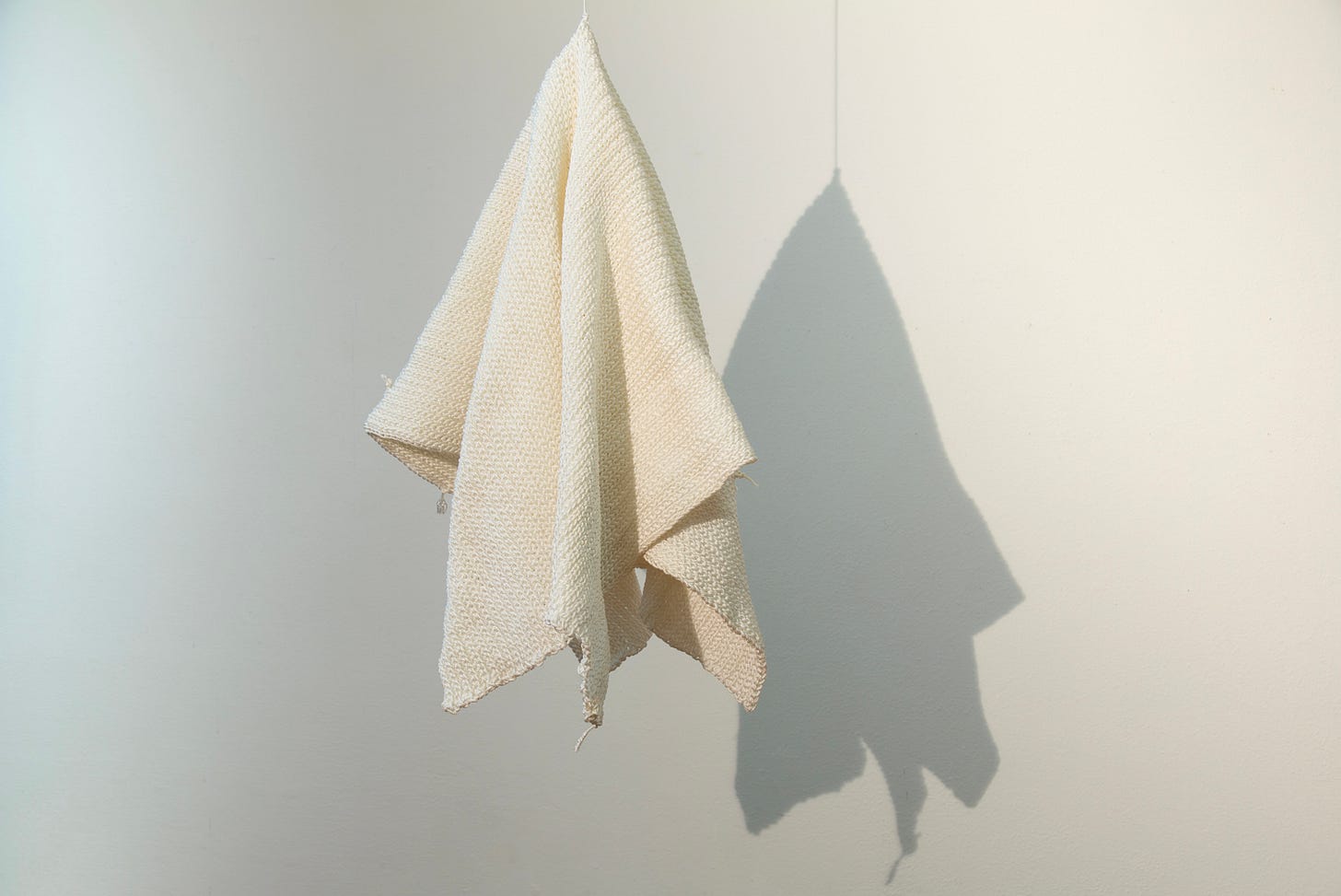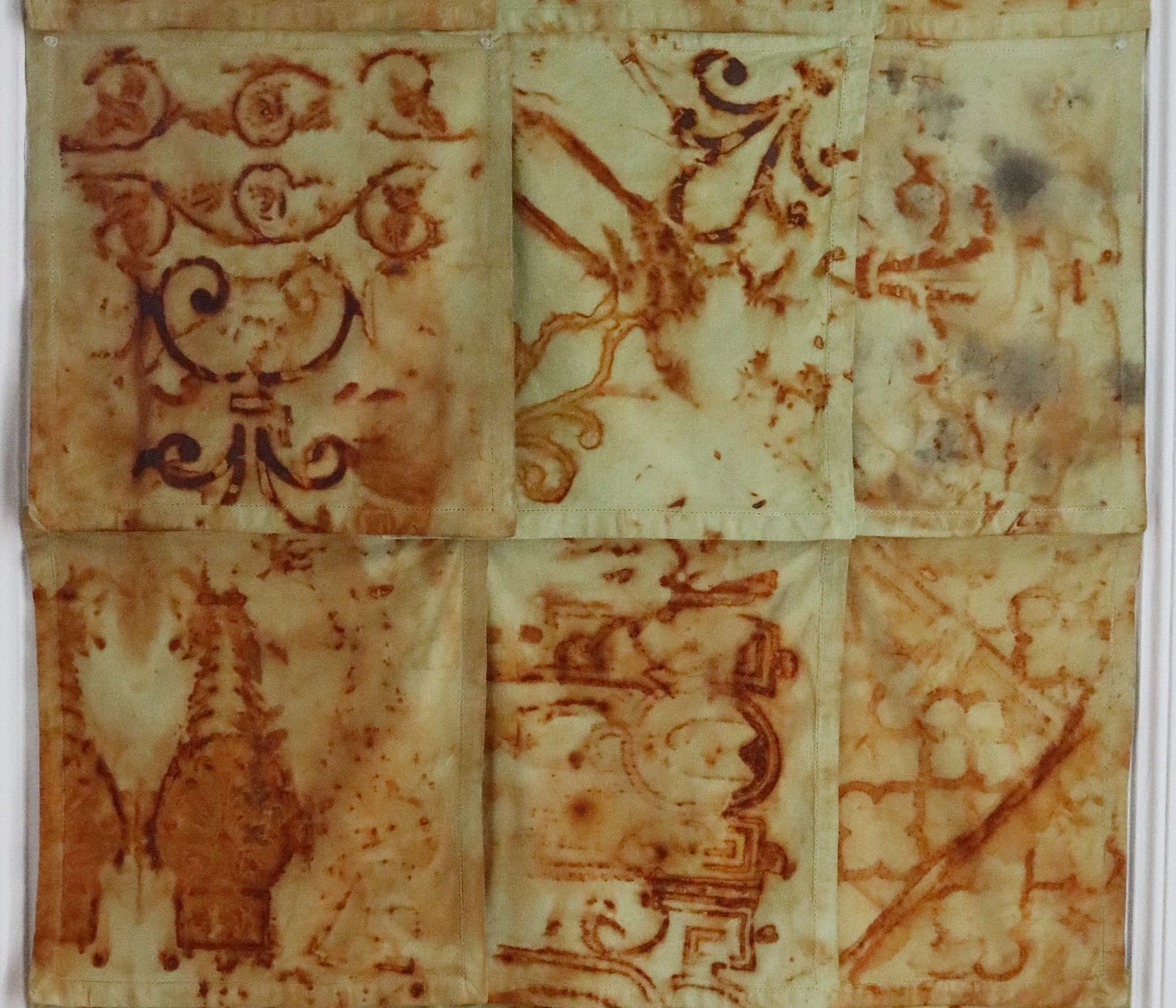Islands Within an Island
Three Brazilian artists in Miami trace memory, place, and belonging.
This piece was written while I was participating in the 2025 Art Writing Incubator (AWrl), Burnaway’s annual writing intensive that cultivates emerging voices in art criticism.
“If you don’t step outside yourself, you’ll never discover who you are. […} each man is an island, …you have to leave the island in order to see the island.”
José Saramago, The Tale of the Unknown Island, as cited by Fernanda Froes.1

Born in Brazil, I’ve spent nearly twenty-five years in Miami, listening across languages and navigating spaces where meaning slips between cultures. Over time, a question began to surface: in a city formed by diasporas and defined by cultural exchange, why is little known about Brazilian art?
I kept returning to the actress Fernanda Torres, who said: “Brazil is a continental island: we know so much about the world, and the world knows so little about us.”2 Paying attention to where Brazilian presence is already unfolding in the city, Miami-based artists Susanne Schirato, Fernanda Froes, and Liene Bosquê each respond to this question through their work. Their practices are rooted in research, place, and material. They do not present Brazil as a fixed identity, rather allowing it to surface through process, memory, and form.
Susanne Schirato’s work begins underwater, in the stillness of flooded caves. A diver and researcher, her expeditions across Brazil, the Arctic, and Antarctica, are translated into visual works shaped by physical intensity, risk, and the temporal scale of the natural world. Her art borrows scientific tools and methods, reimagining them as forms that speak to ecological fragility and human inertia.

When she moved to Miami three years ago, she feared losing touch with the environments that defined her practice. Instead, the city’s coastline, green spaces, and layered cultural life gave her new material. “Miami brought oxygen to my work,” she notes. Local pigments, new palettes, and community interactions began to enter her process, blending her Brazilian sensibility with Florida’s landscape.
She compares Miami’s diversity to a rainforest, where coexistence forms a kind of ecosystem. What Schirato offers Miami is not a material so much as a perspective: a way of thinking shaped by Brazil’s mix of science, spirituality, and ecological respect. Rooted in submerged landscapes, her practice invites a shift in how we relate to the natural world—above and below the surface.
When visual artist Fernanda Froes moved to Miami eight years ago, the distance from Brazil led her to research the country’s history and botany, eventually working with the red pigment extracted from pau-brasil (Brazilwood). When Froes speaks about pau-brasil, she isn’t just naming a pigment—she’s invoking a tree that gave Brazil its name, reshaped colonial trade, and was nearly driven to extinction. Rooted in drawing, fiber, and printmaking, her practice traces the entanglements between ecology, history, and identity. Rather than recreating Brazil, she began working from it using its materials and histories as a foundation for dialogue. The botanical pigments she works with—brazilwood, indigo, mangrove—carry color and cultural memory.
“In some way, we are all transplanted,” Froes notes. “Carrying our stories, memories, and roots.” Her recent focus on Rhizophora mangle, a species of mangrove native to Brazil, South Florida, and the Caribbean, reflects this. The pigment she extracts from its leaves becomes a way to connect geographies.It begins locally and expands outward, like the mangrove itself: adaptive, grounding, and quietly persistent.
For Liene Bosquê, a place is never just a backdrop. Her sculptures, installations, and socially engaged projects explore how the body relates to architecture, how spaces are shaped, and how they shape in return. Her work is tactile and participatory, using clay impressions, architectural fragments, and hammocks as vessels of memory, presence, and care.

Leaving Brazil in 2005, Miami began to shift her perspective in 2019, when she presented Collecting Impressions, a walking project in downtown Miami. Participants traced the city’s changing architecture by taking clay rubbings of its surfaces. “Rather than just observing, I was facilitating relationships,” she recounts. Miami was no longer a backdrop—it was becoming part of the work.
While studying in Chicago, she struggled to express the emotional depth of Portuguese in English. From that dislocation came Hamacas, a project where immigrant participants co-wove hammocks while sharing stories, gestures, and presence. In Miami, the nearness of Portuguese and Spanish created a hybrid texture. What is lost in translation can be recovered in resonance
What ties their work together is not a fixed identity or shared aesthetic, but a commitment to place—how it is inhabited, cared for, and listened to in its histories. Each artist proposes a slower, more attentive way of engaging with the world, whether through pigment, pressure, or architectural memory.
I resist the pull of labels, yet I see the value in being named. To be discovered is to be invited into conversation, not explained or reduced, but encountered. These gestures are not prescriptions, but propositions. Ways of sensing, making, and being that beckons a more textured engagement with place.



sweet
Such a thoughtful piece Carmen, really enjoyed reading this and a subject which resonates with so many of us here in Miami. Love the idea of creating a hybrid object with everyone contributing and exchanging a part of themselves along the way.